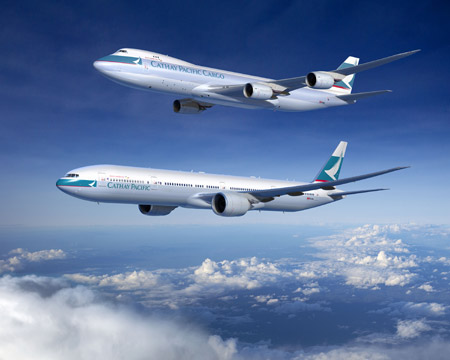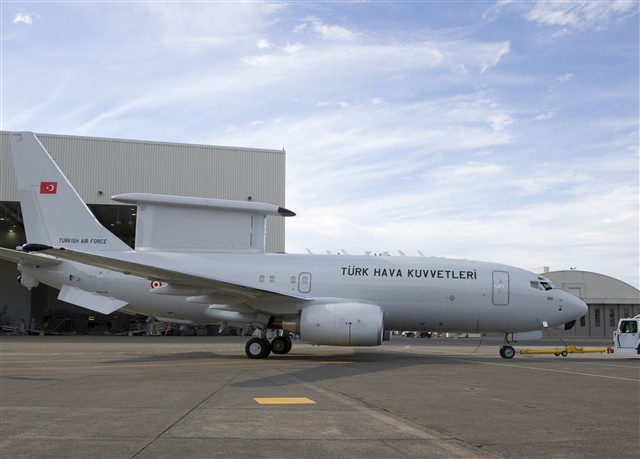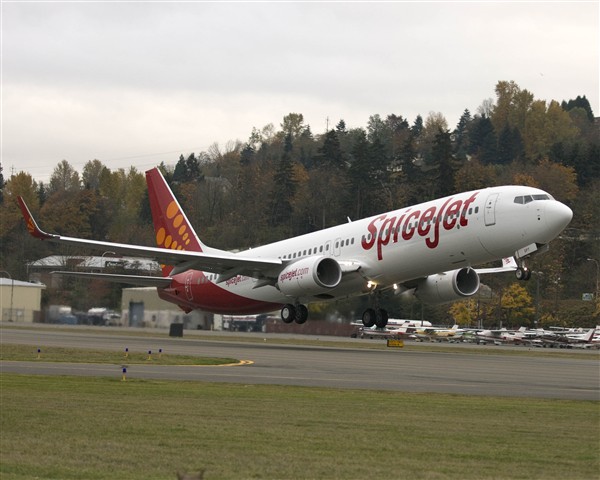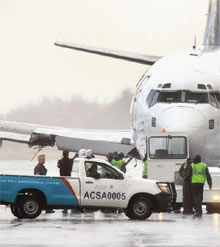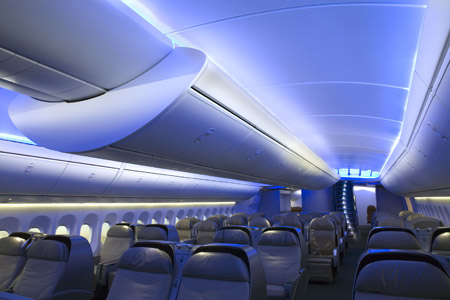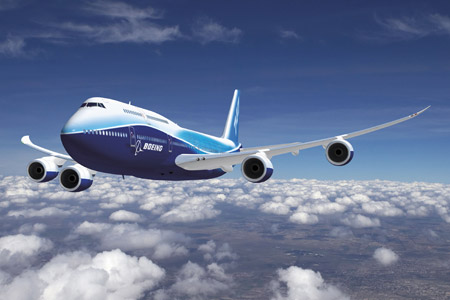Today Dubai Air Show 2007, the biggest aviation show in the Middle East, opened at Dubai International Airport, UAE. Celebrating its 10th anniversary, this years edition is the largest so far, with participation of 850 exhibitors from 50 countries and over 140 aircrafts on display.
Exhibitors are showcasing the latest civil, military and transport aircrafts as well as state-of-the-art air defence systems and equipment at the event that will run from 11 – 15 November.
This year’s static display will boast its largest ever aircraft showing including regional debuts from, the Cirrus SR22 G3 – the world’s fastest-selling, single-engined four-seater aircraft; the Eclipse 500, the forerunner in the Very Light Jet (VLJ) market and the quietest jet in history; the Dassault Falcon 7X, which is the original ‘fly-by-wire’ long range business jet claiming to be the “first aircraft to be designed entirely on a virtual platform”, and the Sino Swearingen SJ30, the world’s fastest longest range light jet.
The Russian MIG 29 multi-role fighter aircraft and the block 60 Lockheed Martin F-16, one of the most popular attack aircraft in its class, will also take to the skies during the show’s daily flying display as will the Airbus A380, adorned in the company’s livery as it makes its return to the UAE.
And to celebrate the Dubai Airshow’s 10th Anniversary, which expects up to 40,000 visitors, this year’s flying display will feature performances by three of the world’s top aerobatics display team – Britain’s Red Arrows flying the BAE Systems’ training Hawk, the Patrouille de France in the Dassault/ Dornier AlphaJet, and Spain’s Patrulla Aguila, which is making its Arabian Gulf debut in the Casa C-101 Aviojet.
“The aircraft fleet we will have on display is unparalleled regionally or internationally and is testament to both the reputation of the Dubai Airshow and the importance of the Middle East to the global aviation market. It includes some of the world’s most advanced, state-of-the-art aircraft, many of which are touching down here for the very first time,†said Alison Weller, Director-Aerospace, Fairs & Exhibitions – which organises the show.
“The wide diversity of aircraft shows the depth and breadth of our exhibitor portfolio and we know visitors to the Dubai Airshow will be in for a major treat as they will see first hand the very best the industry has to offer.â€
Helicopters also feature heavily in the 2007 showing with the MD 902 Helicopter making its regional exhibition debut. Boasting state-of-the-art patented “NOTAR†(No Tail Rotor) technology, which increases passenger and bystander safety, reduces pilot workload and lowers external noise levels, the MD is a sought after model for EMS services throughout the region, especially as it is well equipped to deal with the Middle East’s high temperatures.
And joining military heavyweights MiG and the F-16, is the USAF’s legendary fighter, the F-117A Nighthawk Stealth Fighter attack, the world’s first operational stealth aircraft, as well as Abu Dhabi-based Adcom Military Industries, which is displaying its Unmanned Aerial Vehicle (UAV) Yabhon range including the new jet-powered, high-speed diving target drone, designated the ‘Yabhon HMD’.

